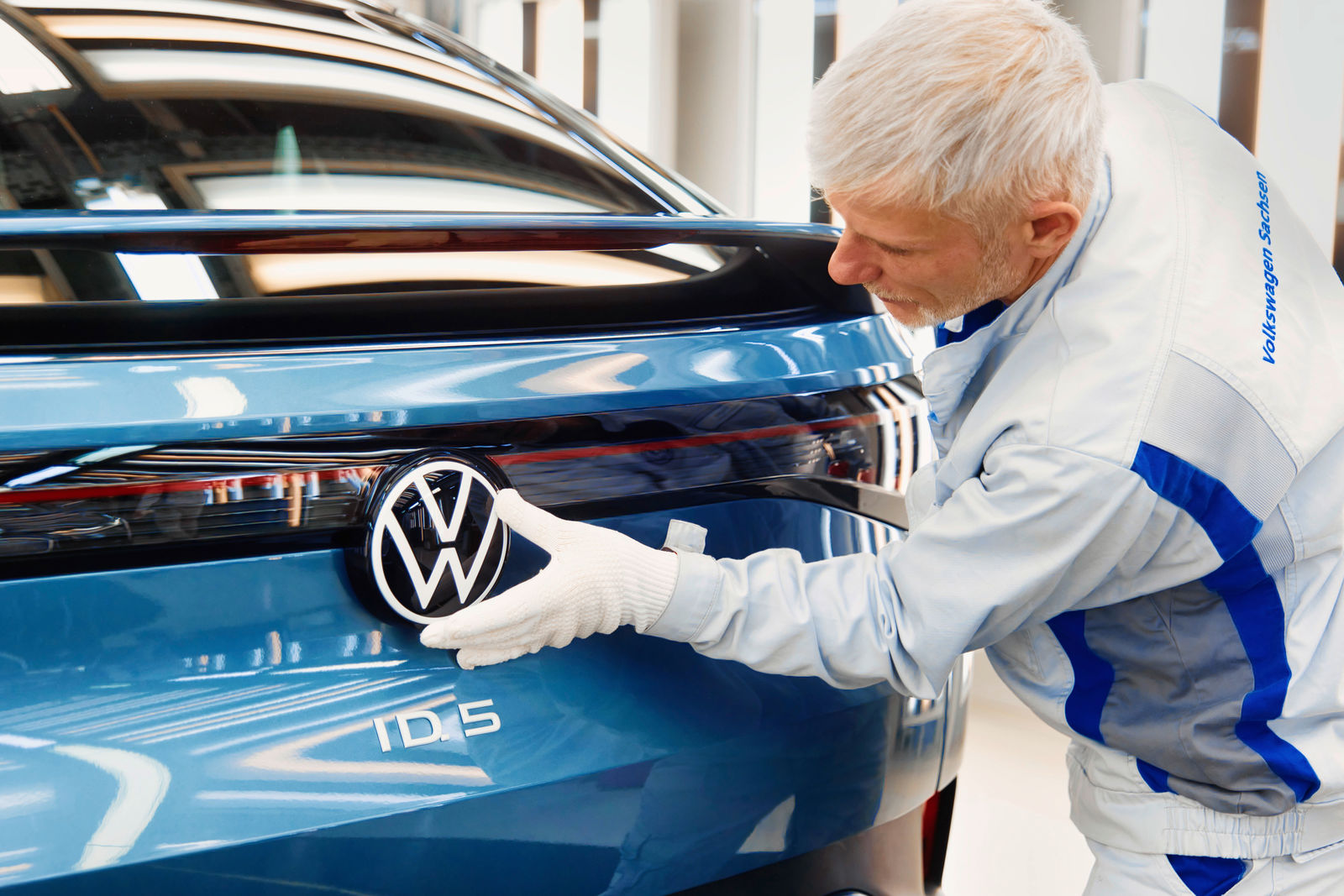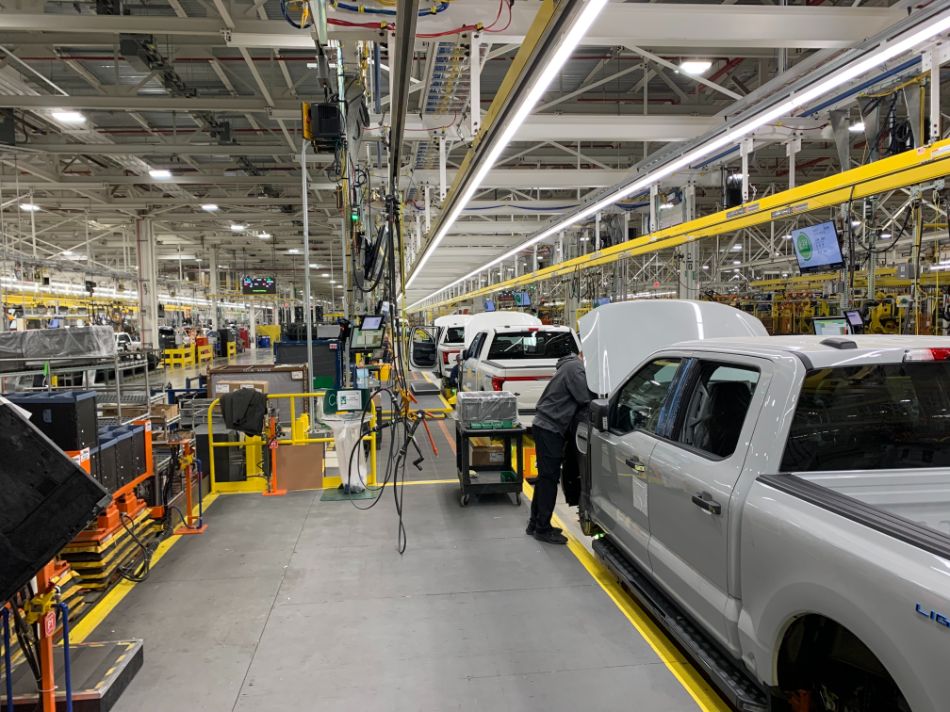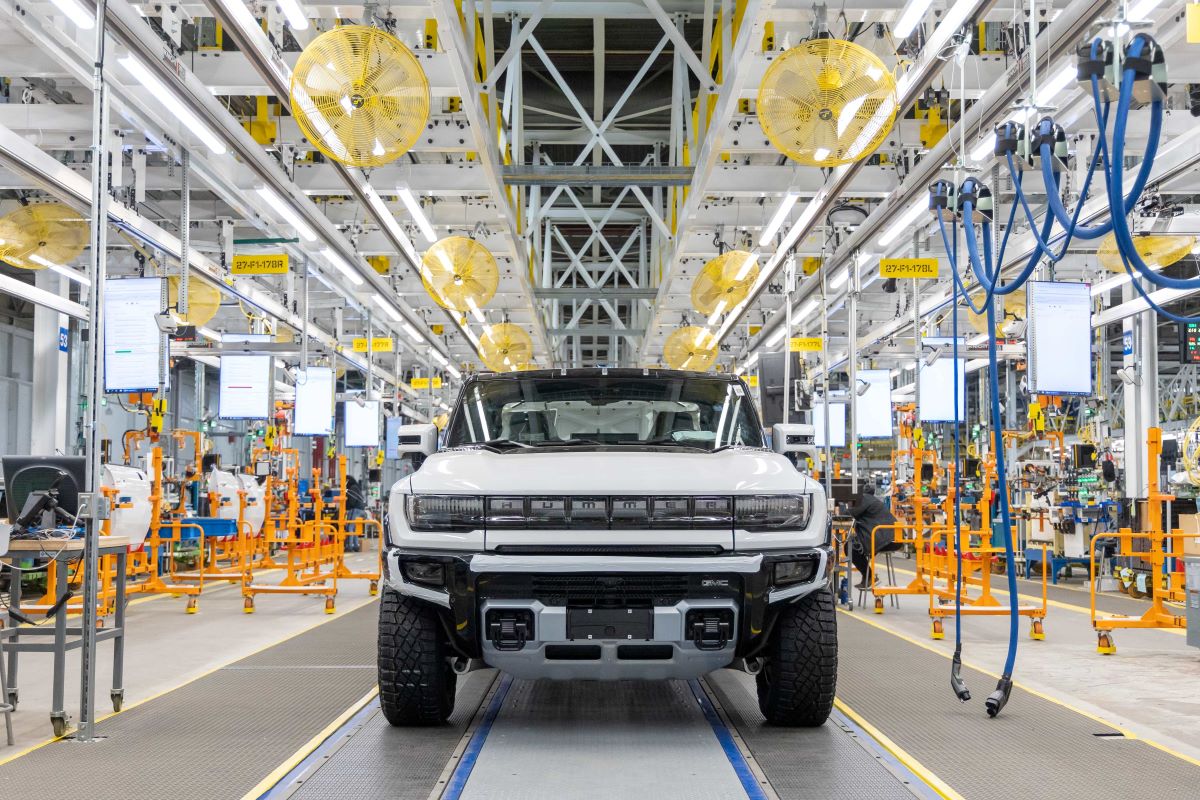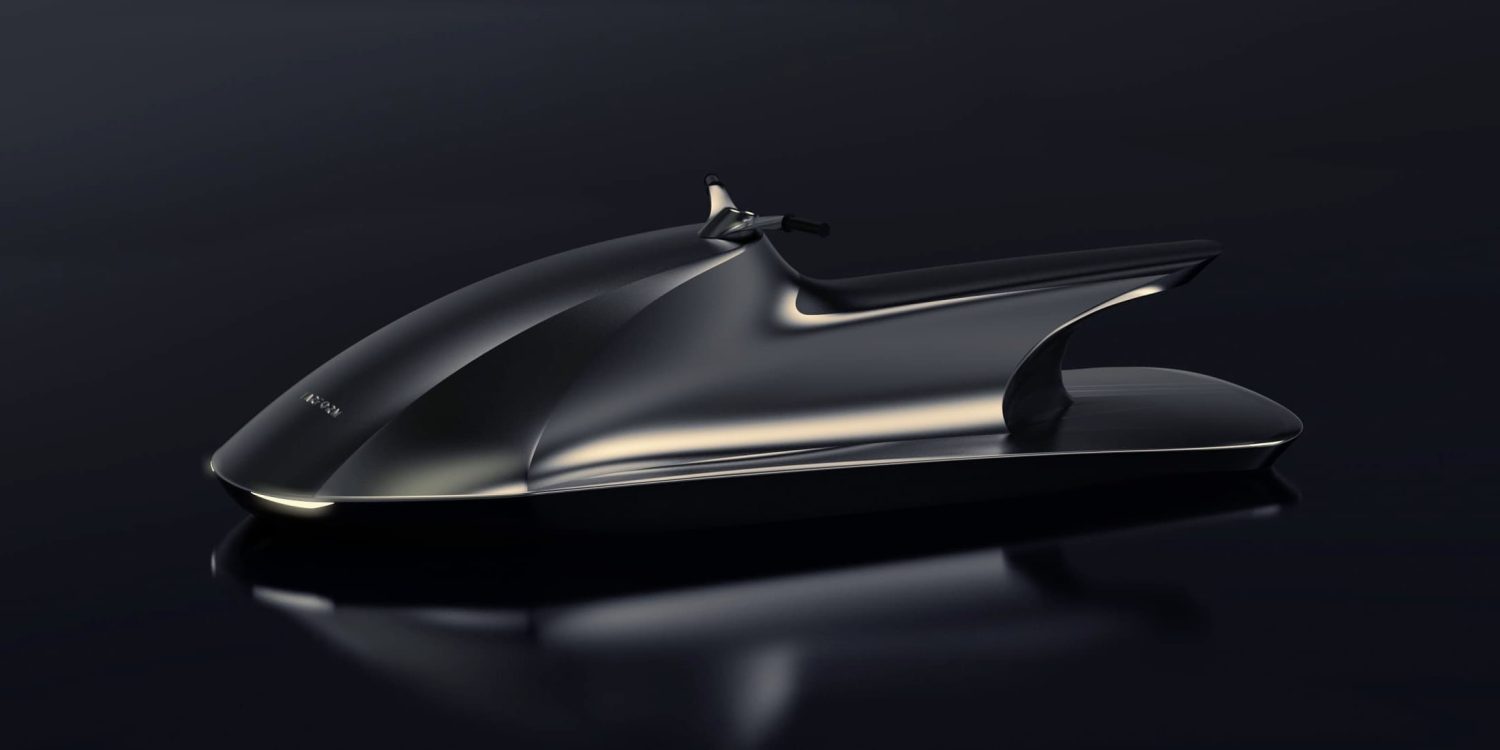Tesla’s Investor Day held on March 1 continues to reveal fascinating details even weeks after the event’s conclusion. One such detail is the automaker’s decision to abandon the traditional 12 Volt on board systems and upgrade to a more advanced system.
The automotive industry has relied on 12 Volt systems for over 60 years, but Tesla believes it is no longer adequate for modern cars that are equipped with an increasing amount of technology, which draws significant amounts of current. As a result, Tesla made the decision to transition to a new 48 Volt system, which is estimated to reduce the thickness and weight of cables by four times.
This transition was initially prompted by the onboard 12V lead-acid battery, which proved to be less reliable in electric cars than in traditional cars. Tesla then introduced a smaller and lighter lithium-ion battery in early 2021 to replace the previous system, which was first introduced in Model S and Model X before being added to Model Y and Model 3 later that same year.
See also: Tesla will launch new electric car with a 1,000 volt powertrain
The introduction of the 12V lithium-ion battery eliminates the need for replacement as it is expected to last as long as the car itself. However, Tesla sought to further improve its onboard system to accommodate the growing technological demands of its vehicles. This led to the company’s decision to adopt a 48 Volt system instead of the previous 12 Volt system.
Tesla confirmed during Investor Day that Cybertruck will be the first production vehicle to incorporate the 48 Volt system. This system will be used in all future Tesla models, as the company aims to deliver 20 million electric cars annually, resulting in significant savings on wiring costs.
According to estimates, a Model S currently contains approximately 60 kg of wiring, which costs upwards of $1,700. By switching to the 48 Volt system, the automaker will save over $1,200 per car in wiring costs, translating to $20 billion in savings if they achieve their ambitious production goal.
While the 48 Volt system is considered safe, it is important to note that it could cause more significant harm if mishandled. Despite this, Tesla’s transition to the 48 Volt system is a clear indication of the automaker’s commitment to innovation and technological advancement in the electric car industry.







